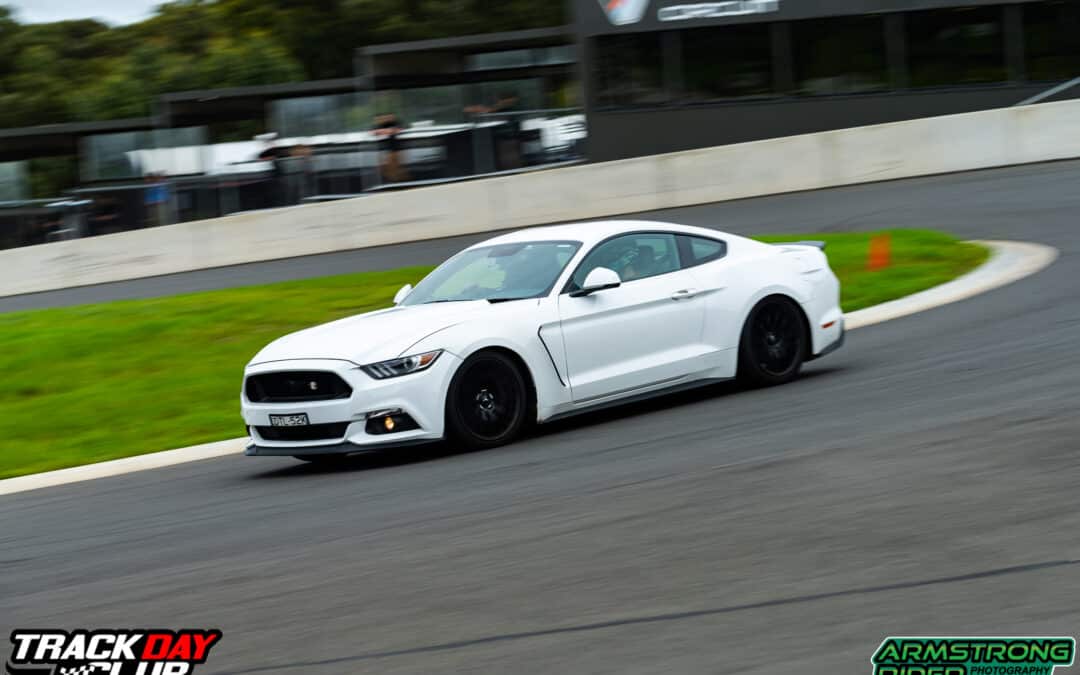Doing the basics better:
Too many drivers spend too much time worrying about where they’re looking on track, what they should be looking at, how far ahead they’re looking, and who knows what else?
Not saying that where you look and how far ahead you look are unimportant. Hey, it’s critical. But you’ll never drive at your best when worrying about something.
Okay, there’s a difference between focusing on improving something and worrying about it. There’s a delicate balance needed.
And here’s the big news: there must be a formula for where to look. So many drivers ask for vision advice and are looking for a “when approaching the braking zone, look at the markers, then half a second before you get there, move your visual focus to the turn-in point, then to the apex, then the track-out point….” Sure, that’s the general approach, but it’s different than you’re clicking your vision from one point to the next, to the next, to the next, and so on.
Your vision should be more fluid than that. It glances ahead, then back, forward, then back, to the sides, forward, back, sides… all with the general flow towards where you want to go.
Right now, do this simple test. Look up from the device you’re reading this on, and identify a point on a wall in the distance. Look at it. Now look to another point to the right of it, and focus on it. Then identify something to your right and focus on it. With each change of focal point, notice that you’re moving your vision in jumps.
Try that again, but think about scanning from one point to another with very subtle and quick glances back to the previous point.
Do it again, and make it completely fluid this time, with no stop-start action. It’s as if you have a BIG VISION, where you’re “All-seeing, all-knowing.” You’re hyper-aware of everything, but not just one thing. You see the big picture of where you’re going.
Now – the most critical part of this experiment – close your eyes and imagine seeing each point. Imagine your vision scanning and flowing from one to another in a smooth flow with subtle and quick glances to check on progress.
Were you able to imagine the visual movement with your eyes closed? If so, does that give you a clue of what you need to be able to do on the track? And if you couldn’t imagine your visual picture following from one point to another in a fluid way, then all the advice in the world about where to look and how far ahead to look will not do you any good.
Instead, you need to practice imagining where you want to go rather than seeing where you want to go – at speed. This is the difference between “physical vision” and “mental vision.” With the ability to mentally see where you’re going on track, you’ll be as consistently fast as you could be.
The advanced techniques that make the best drivers the best are “just doing the basics better.” The ability to mentally see where you’re going before you get there is part of the basics of driving fast on a track. If you rely on having to physically see something to know what to do, you will be behind in everything. You’ll be reacting rather than driving proactively.
Food for thought and speed! Enjoy.

